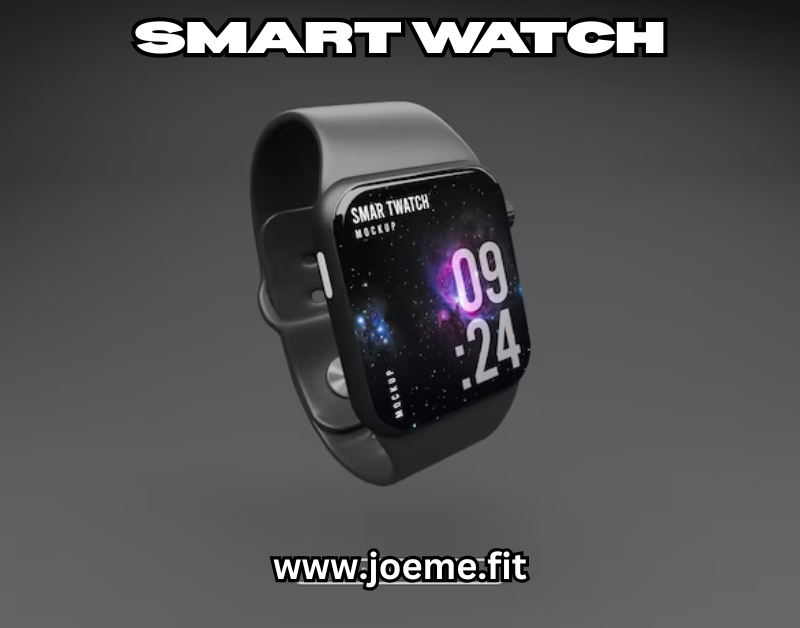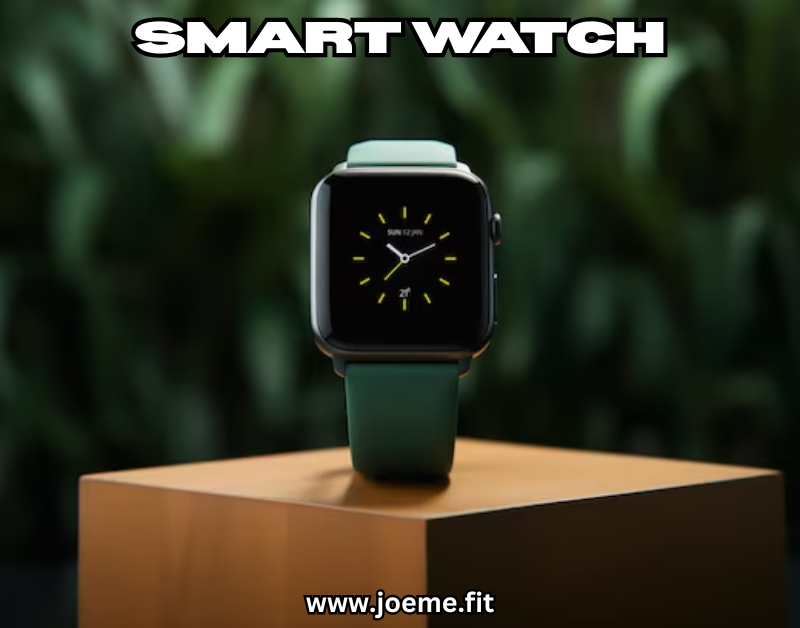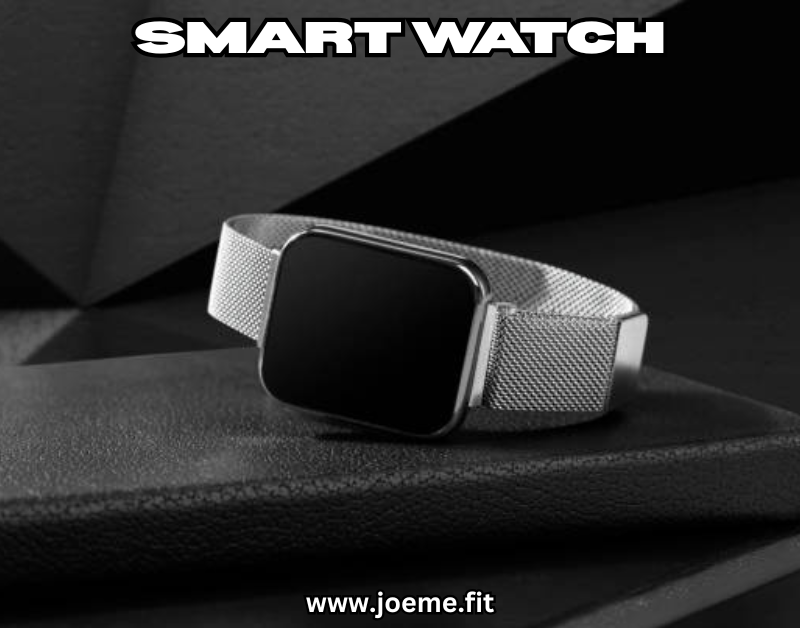In today’s fast-paced world, a watch does far more than tell time. What was once a simple accessory has evolved into a compact device capable of tracking health, managing notifications, and connecting seamlessly to other technology. A smart watch puts a miniature computer on your wrist, offering insights into your daily activity, heart rate, sleep patterns, and even stress levels.
Beyond personal health, it helps you stay connected by delivering calls, messages, and reminders without reaching for your phone. The difference between a traditional watch and a modern wearable isn’t just in design—it lies in the functions that make life more organized, efficient, and informed.
From GPS tracking to app integration and contactless payments, these devices are designed to be personal assistants that guide your day. Understanding these features is essential for anyone considering a wearable, whether for fitness, productivity, or convenience.
Smart watch features that make it different from a regular watch
In this guide, we will explain the key features, benefits, and considerations that make a smart watch different from a regular watch.

Understanding the Shift: From Timekeeper to Personal Assistant
Traditionally, a watch is a tool for keeping time. It shows hours, minutes, and sometimes seconds, and may include additional features such as a date display, stopwatch, or water resistance. While reliable, these watches serve a single purpose: telling time.
A smart-watch, however, is much more than a timepiece. It functions as a personal assistant on your wrist, integrating with smartphones and other devices to provide information, reminders, and alerts in real time. Visit here!
Detailed Guide: What Makes This Shift Possible
- Digital Connectivity – Smart-watches can connect to mobile networks, Wi-Fi, or Bluetooth, allowing seamless communication with other devices. This connectivity enables notifications, calls, and even app usage directly from the wrist.
- Sensor Integration – Modern wearables include sensors for tracking heart rate, steps, sleep, and more. These sensors continuously collect data, offering insights that were previously unavailable in traditional watches.
- Compact Computing – Unlike analog watches, smart devices have processors capable of running apps, displaying complex interfaces, and performing multiple tasks simultaneously.
- User Interaction – Touchscreens, buttons, and voice commands make smart-watches interactive, allowing users to navigate menus, respond to notifications, and control connected devices with ease.
Cinematic Perspective: Imagine waking up to your alarm while the device silently vibrates on your wrist. It not only tells the time but also displays your schedule, tracks your sleep quality, and prepares a health summary—all before you step out the door. This transition from static timekeeper to proactive assistant highlights why wearable technology has changed the way we approach daily routines.
Core Features That Define Modern Wearables
The features of a smart watch are what truly separate it from a classic timepiece. Understanding these features can help potential buyers assess the value a wearable brings to their daily life.
Detailed Guide: Key Features
1. Health and Fitness Tracking
- Continuous heart rate monitoring
- Step count and distance tracking
- Sleep analysis including deep and light phases
- Advanced metrics like blood oxygen or ECG readings
2. Notifications and Alerts
- Receive texts, emails, and social media notifications
- Answer calls and reply with voice or quick text options
- Calendar reminders and activity alerts
3. GPS and Location Services
- Route tracking for running, cycling, or hiking
- Navigation with real-time directions
- Emergency location alerts
4. App Integration
- Fitness apps for exercise planning
- Music control apps
- Payment apps enabling contactless transactions
5. Customization
- Changeable watch faces for style or function
- Adjustable interfaces based on activity
- Theme options for professional or casual use
6. Battery and Charging
- Fast-charging technology
- Low-energy modes for extended battery life
- Hybrid options combining analog time with digital features
Comparison Table: Traditional Watch vs Smart Watch
| Feature | Traditional Watch | Smart-Watch |
|---|---|---|
| Timekeeping | Yes | Yes |
| Fitness Tracking | No | Yes |
| Heart Rate Monitoring | No | Yes |
| Sleep Tracking | No | Yes |
| Notifications | No | Yes |
| GPS | No | Yes |
| Payment Capability | No | Yes |
| Customizable Display | No | Yes |
Cinematic Scenario: Picture going for an early morning run. The rising sun glints off your wrist, and your wearable silently vibrates, showing pace, heart rate, and route progress. You don’t need a phone—your assistant is right there on your wrist. This real-time, integrated functionality is what makes smart-watches indispensable for many users.
Benefits of Adopting a Modern Wearable
Owning a smart-watch brings more than just technical features—it impacts lifestyle, health, and productivity.

Detailed Guide: Key Benefits
- Health Awareness – Real-time monitoring encourages activity and better lifestyle decisions. Users become more conscious of steps taken, calories burned, and sleep patterns.
- Increased Productivity – Notifications, reminders, and quick access to apps reduce the need to check smartphones constantly.
- Convenience in Daily Tasks – Payments, navigation, and music control can all be managed from the wrist, simplifying everyday activities.
- Enhanced Safety – GPS tracking and emergency alerts add an extra layer of personal security.
- Motivation and Goal Tracking – Fitness metrics and daily goal reminders help users stay consistent with health and wellness plans.
Cinematic Example: You’re commuting to work. Your smart watch reminds you of an important meeting, tracks your steps during the walk, and silently notifies you of any urgent emails. Instead of juggling devices, you have a compact tool guiding your day efficiently.
List of Practical Everyday Benefits:
- Health metrics in one glance
- Quick notifications without pulling out a phone
- Seamless integration with apps and services
- Motivation for fitness and wellness
- Contactless transactions and convenience
Table: Benefits of Smart-Watch vs Traditional Watch
| Benefit | Traditional Watch | Smart Watch |
|---|---|---|
| Health Tracking | No | Yes |
| Productivity Support | No | Yes |
| Fitness Motivation | No | Yes |
| Emergency Alerts | No | Yes |
| Payment Convenience | No | Yes |
Considerations Before Switching
While smart-watches offer many advantages, there are factors to consider before replacing a traditional watch.
Detailed Guide: Key Considerations
- Battery Life – Unlike traditional watches that can last for years, smart-watches typically need daily or weekly charging depending on usage.
- Device Compatibility – Some wearables are optimized for specific operating systems, like Android or iOS, which can affect functionality.
- Data Privacy – Tracking health and location data raises privacy concerns. Ensure the device uses secure storage and encryption.
- Durability – While many smart-watches are water and dust resistant, active users should check device ratings before purchase.
- Learning Curve – Using a wearable efficiently requires familiarizing oneself with apps, notifications, and settings.
FAQs Section:
Q1: Can a smart watch replace my smartphone completely?
A: No. It complements the phone by handling notifications, health tracking, and basic tasks, but full smartphone functions still require a phone.
Q2: Are all digital watches considered smart devices?
A: No. True smart-watches integrate sensors, connectivity, and app compatibility, not just a digital display.
Q3: How accurate is health monitoring?
A: Modern wearables provide reliable metrics for heart rate, steps, and sleep, though some advanced measurements may require medical devices for precise accuracy.
Q4: Can smart-watches function offline?
A: Many features, like step tracking or music playback, work offline. Notifications and GPS mapping usually need a connection to a device or network.
Q5: Is switching to a smart watch worth the investment?
A: If you utilize features like health tracking, productivity tools, and convenience functions, the value often outweighs the cost.

Conclusion
The evolution from a traditional watch to a modern wearable marks a significant shift in how we interact with time and technology. A smart watch is no longer just a device to check hours and minutes—it has become a personal assistant on the wrist. From monitoring heart rate and sleep patterns to delivering notifications, tracking location, and enabling contactless payments, these devices integrate multiple aspects of daily life into a single tool.
They help improve health awareness, boost productivity, and offer convenience, making everyday tasks more manageable. At the same time, considerations such as battery life, device compatibility, data security, and durability remain important when choosing the right model.
Understanding these features and weighing the benefits ensures that users select a wearable that truly fits their lifestyle. By combining technology, function, and accessibility, modern wearables provide a seamless experience that traditional watches cannot match. As wearable technology continues to evolve, it redefines how we stay connected, stay active, and stay organized. A smart-watch is no longer just a timepiece—it is a gateway to smarter living.